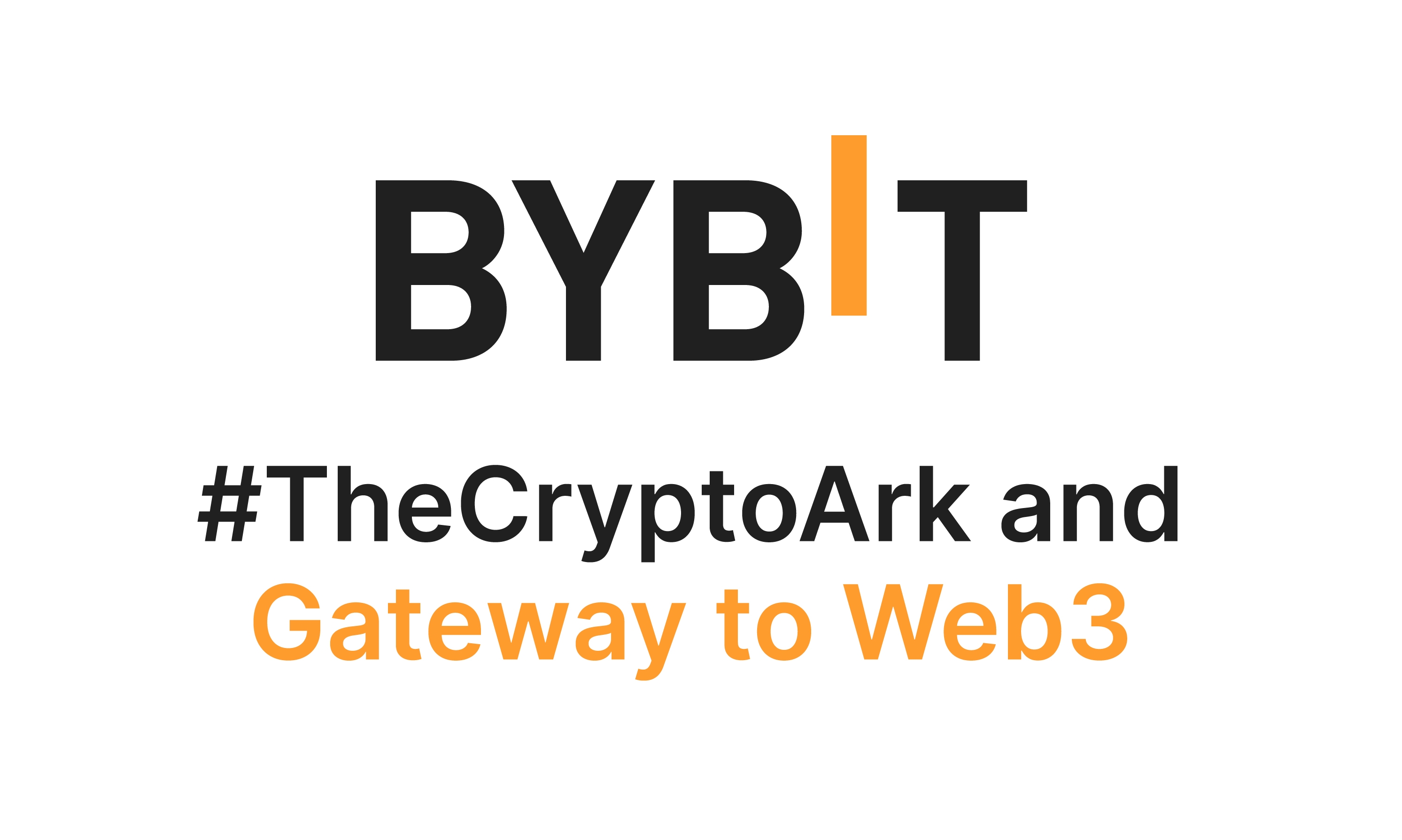When Lending, Exchanges, and NFT Markets Collide: A Trader’s Reality Check
Whoa! I started typing this because somethin’ kept nagging me about on‑exchange lending and NFT liquidity. My gut said the promises sellers and platforms make are shinier than reality. Initially I thought it was a simple yield story, but then patterns emerged that tied lending desks, centralized exchange mechanics, and NFT marketplaces into one messy feedback loop. Here’s the thing: if you trade on a centralized exchange and use margin or lending products, you’re already sitting at the intersection of three big forces — counterparty risk, liquidity engineering, and speculative narratives — and they behave differently than most blog posts imply.
Okay, so check this out — short version first. Platforms offer loans against crypto. They also list derivatives, and some have NFT marketplaces tacked on (sometimes awkwardly). Traders see yield and leverage as separate knobs, but they’re not. On one hand you can earn interest by lending an idle token; on the other, that exact token can be marshaled into margin books, rehypothecated, or used as collateral for massive short positions — and that’s before we factor in NFT-backed loans. My instinct said these linkages would blow up as volumes scaled, and honestly, the last few cycles showed exactly that.
Let me walk through a couple of scenarios I’ve flagged. Scenario one: you lend USDC on a centralized exchange because the APY looks great. The exchange lends that same USDC to a margin trader who shorts BTC. If BTC drops fast, liquidations trigger and the platform needs liquidity. Platforms often rely on pooled lending to cover sudden demand, which is fine until many lenders withdraw at once. That’s where fragile plumbing shows. I remember watching withdrawals spike while the order book thinned — it felt like pulling a thread on a sweater and watching the sleeve unravel… Suddenly funding rates spike, and the lending rates you thought were stable evaporate.
Scenario two is the NFT angle. NFTs are illiquid by nature, yet they’re being used as collateral in some lending products. Hmm… on paper, an NFT-backed loan diversifies risk away from fungible tokens. But in a stress event, appraisal spreads widen massively — there’s no deep market to mark to — and suddenly that collateral is worth a fraction. The borrower defaults, the platform takes the NFT, and resale takes months. For traders who need quick liquidity, that’s a huge mismatch. And (oh, and by the way) an NFT held on a centralized platform can be subject to custody issues that are different from on‑chain wallets. I’ve seen repossessions take weird turns when legal teams and users clash over ownership proofs.
Let me be analytical for a moment. There are three levers that matter: liquidity (how quickly assets can be converted), counterparty exposure (who’s on the other side, and what’s their solvency), and transparency (can you verify collateral and chain flows?). Initially I underestimated how much opacity centered exchanges introduce. Actually, wait — let me rephrase that: I underestimated how often structured products hide rehypothecation chains. On paper, rehypothecation is efficient; though actually, it creates long, tangled obligations that can amplify runs. On one hand you get better capital efficiency; on the other, you get brittle systems that feed on each other when sentiment flips. Traders rarely price that tail risk correctly.
Here’s a practical example from my trading desk days. We lent out spot ETH to a platform to earn some carry, thinking of it as short-term and liquid. A sudden governance vote and a related exploit led to withdrawal freezes. We couldn’t pull our collateral for days. My team scrambled — margins blew out and we had to rebalance positions in secondary markets at poor prices. Lesson learned: “liquid” on a ledger doesn’t equal exit liquidity. That incident changed how we model counterparty haircut assumptions. I’m biased, but I now treat exchange lending more like secured financing with explicit default scenarios rather than passive yield.
Risk management tactics that actually work. First: never assume perfect fungibility. Treat tokens used as collateral or lent out as potentially unavailable during stressed market windows. Second: diversify counterparties and consider settlement latency — same asset on two platforms is not identical risk. Third: model the worst-case liquidation paths for NFT collateral; give it a heavy haircut. Fourth: monitor funding rates and open interest on derivatives — they’re a canary in the coal mine for leverage build-up. And yes, keep some capital off-platform if your strategy depends on instant, guaranteed withdrawals.

How traders can use these products without getting burned
Start small. Seriously? Yep. Test the withdrawal mechanics first. Use short tenors for loans when trying a new product. Check the exchange’s balance sheet disclosures and see whether they publish asset allocation and rehypothecation policy (most don’t, but some do). If you want a single reference to a platform walkthrough that shows how centralized exchanges bundle lending, derivatives, and NFT services, check this: https://sites.google.com/cryptowalletuk.com/bybit-crypto-currency-exchang/ — the guide has practical navigation tips and things to verify.
Also, watch for mispriced correlations. When NFT hype spikes, many fungible tokens that underwrite NFT marketplaces can rally, which tempts lenders to increase exposure. That increases systemic linkage; when the hype collapses, those same lenders can face simultaneous losses across fungible and non‑fungible exposures. Traders who arbitrage these moves need contingency funding plans. My team keeps a rolling capital cushion specifically for margin calls tied to cross‑product contagion. You don’t need to be paranoid, but you should be operationally prepared.
Tech and operational checks matter more than marketing claims. Ask whether the exchange segregates custody of NFTs from fungible asset pools. Query the frequency of proof-of-reserves and the granularity of on‑chain proofs. If the exchange can rehypothecate, ask for clear limits and stress-test scenarios — and if they don’t provide them, assume the worst. I’m not 100% sure about every platform’s behind-the-scenes accounting, but the conservative assumption is safer for active traders and funds.
Common questions traders ask
Is lending on a centralized exchange safe?
Short answer: not inherently. Safety depends on the platform’s custody, transparency, and risk controls. Treat platform lending as secured financing with counterparty conditions. Keep short tenors, diversify, and model withdrawal stress scenarios.
Should I accept NFT collateral for loans?
Only if you can tolerate illiquidity. NFTs can be useful for bespoke financing, but expect wide price dispersion and long liquidation times. For active traders who need rapid exit, fungible collateral is generally preferable.
